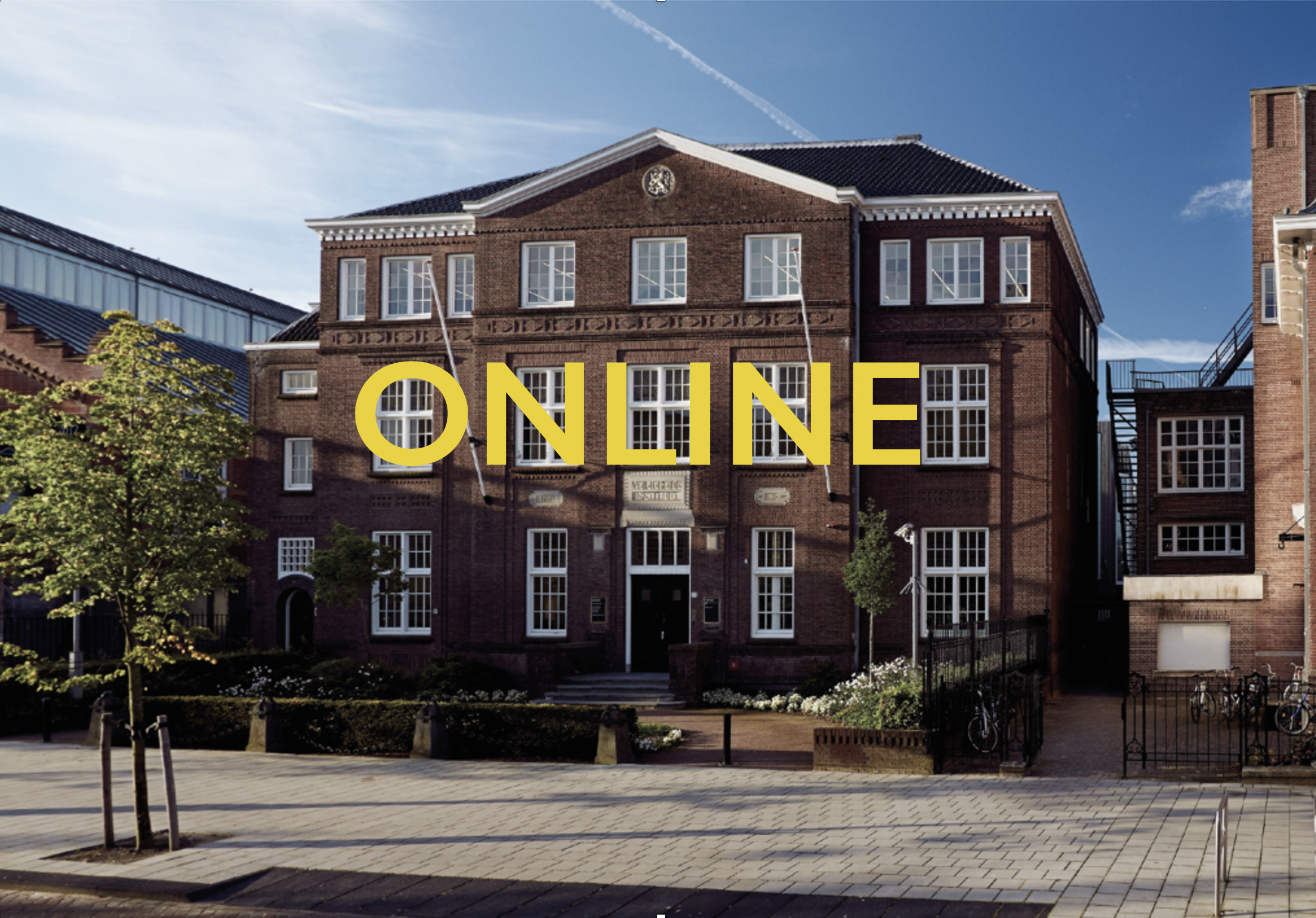

We are pleased to announce a new, online edition of the NICAS colloquium on Thursday 11 February 2021 from 12.00 to 13.00 hrs. The colloquium will take place online through Microsoft Teams. By clicking on the button below, the meeting will open in your browser.
Throughout the year, NICAS organises a bi-weekly Colloquium consisting of two short research lectures. It provides researchers with the opportunity to present ideas for, updates on or results of their activities. The NICAS Colloquium allows people to stay informed on a regular basis about the latest developments and results of research and to exchange information and expertise.
The chair of this colloquium will be Jorien Duivenvoorden (Rijksmuseum)
The presenters are:
► Martin Jürgens – “A crowd of mercurial globules” – On the microscopic examination of daguerreotypes in 1839
Abstract:
With the public announcement of the daguerreotype in 1839, scientists, philosophers and businessmen quickly envisioned a number of ways of putting this new technique to use. The dissemination of pictorial information was an obvious implementation: works of art could be copied, architecture documented, and loved ones portrayed and fixed in time. Scientific uses included photographing the moon and documenting the spectra of electromagnetic radiation, but also capturing magnified biological samples through a microscope. This last application caught the particular interest of physicians Alfred Donné in Paris and Joseph Berres in Vienna, both of whom also developed methods of etching daguerreotypes and printing them on paper.
How did these scientists – and others, such as Hippolyte Fizeau – understand that a daguerreotype could be converted into an intaglio plate by simply etching it? It would seem logical that they not only placed plant cross-sections and blood cell samples under the microscope, but also the then novel daguerreotype plates. Indeed, already in 1839 Donné described and measured the “petites gouttelettes” that create the daguerreotype image. It appears evident today that the structural and functional topography of a daguerreotype – minute particles resting on blank metal, forming the image highlights – parallels that of the etch-resist layer on the surface of a metal printing plate. However, we are still researching historical sources for evidence that the pioneers of 1839 saw this correlation as well.
In this research project, daguerreotypes are examined using microscopes of the time from Vienna and Paris in order to see what could be seen in 1839. This practical experiment helps us understand whether it was truly the view through the microscope – the photograph as the subject of science – that encouraged Donné, Berres and Fizeau to subsequently etch and print daguerreotype images – thereby essentially employing photography in the service of science.
Bio:
Martin Jürgens has an M.A. in Conservation from Queen’s University and is currently Photograph Conservator at the Rijksmuseum in Amsterdam. His research, publishing and teaching have covered historic and contemporary photography and digital printing. The Getty Conservation Institute published his book The Digital Print – Identification and Preservation in 2009.
► Guus Verhaar – Investigating Ion Depletion in Unstable Historic Glass Samples Using Laser Ablation-Inductively Coupled Plasma-Mass Spectrometry
Abstract:
This talk concerns the results of laser ablation-inductively coupled plasma-mass spectrometry (LA-ICP-MS) elemental depth profiling of unstable historic glass. Three historic glass samples from the Corning Museum of Glass (CMG449; CMG1050; CMG4011) were used for depth mapping of 55 elements. As expected, the depth profiles indicate the depletion of sodium and potassium from the top layer of the glass, while no calcium depletion is observed. Surprisingly, potassium was not observed to have been leached from one of the samples (CMG1050). Because of its low detection limits, the obtained pseudo cross-sections also provide information on the distribution of trace elements, such as lithium. The lecture will demonstrate how this approach, not previously applied in historic glass studies, reveals quantitative information on the depletion of glass constituents. The visual representation makes it straightforward to draw conclusions on the degradation process. Comparative information being gained from XPS studies on the same samples will be briefly presented as well.
Bio:
Guus Verhaar is a post-doctoral researcher at the Rijksmuseum, Corning Museum of Glass and the University of Texas at Dallas. His main research interest is the chemical deterioration of glass in museum collections.